According to Eastern beliefs, 2024 is the year of the Dragon (Thin) - the only mythical creature in the 12 zodiac signs symbolizing strength, prosperity and success. In addition to commemorative coins shaped like dragons, Korea, Japan... have focused on renovating Dragon-themed tourist areas to attract visitors.
According to the National Institute of Geographic Information Systems, South Korea has 1,261 regions named Dragon, or “Yong” in Korean, which originate from folklore associated with the legendary creatures. This year, some of the most beautiful Dragon-themed tourist spots have been invested in by the Korea Tourism Organization (KTO) and Seoul Tourism Organization (STO) to attract tourists.
Located on the northeastern coast of Busan, Haedong Yonggung Temple is said to be the most beautiful temple in Korea. The name of the temple means Dragon Palace Temple, referring to the residence of the Dragon King, or “Yongwang” in Korean. According to legend, the Dragon King appeared in a dream and told the monk Naong to build a temple by the sea on the edge of Bongrae Mountain to pray for the safety of the people during a drought. The temple was founded by the monk Naong in 1376, surrounded by coastal rocks and a small mountain shaped like a dragon. This is one of the famous places and is known by many tourists for its majestic natural scenery that captivates people's hearts.
Mirumaru-gil in Goheung, South Jeolla Province, is a 4km-long walking path along a picturesque coastal cliff where a blue dragon is believed to have flown into the sky. The path’s name is a combination of the ancient Korean terms “miru” and “maru,” each meaning dragon and sky. At the end of the path is the Goheung Space Launch Observatory, which offers the best view of the trajectory of rockets launched from the Naro Space Center, and the Korea Aerospace Research Institute, which showcases the history of Korea’s space development…
Similarly, in Japan, tourism officials in the Land of the Rising Sun have also focused on investing in tourist attractions with dragon motifs, from dragon carvings, from temples to dragon boat racing... all over Japan. Tokyo is home to more than 1,400 temples, of which three are notable for their Torii (Heavenly) Gates with dragon motifs: Masashi Inari Shrine, Koenji Shrine and Shinagawa Shrine. Regardless of the temple, the Torii Gate is the gateway between the human world and the divine. These three locations are unique in that they have elaborate carvings of climbing dragons with the belief that touching the flying dragon can bring good luck.
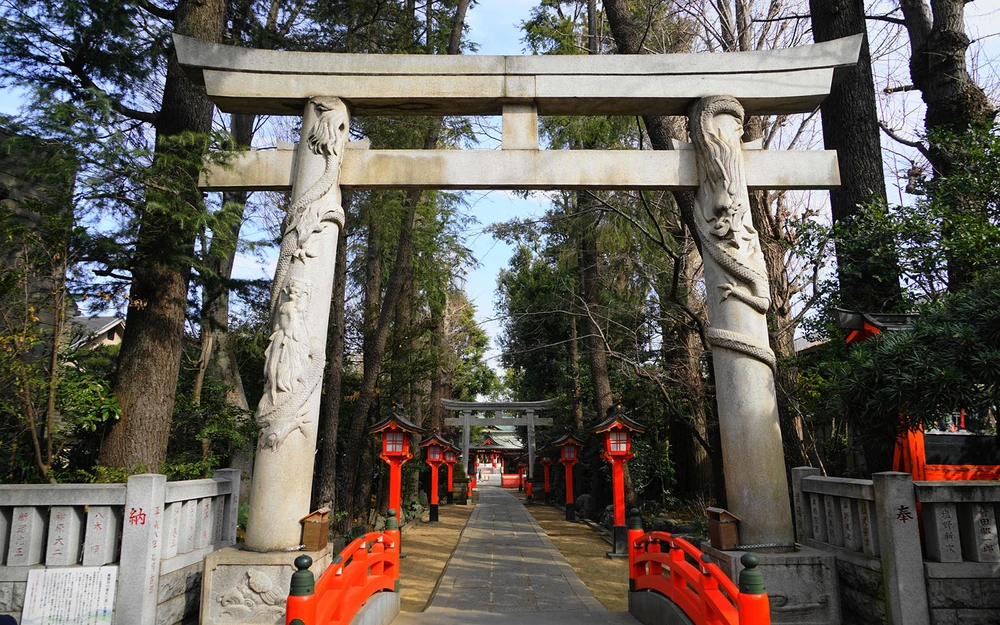
Organized by local governments, several tourist offices in central Japan have organized Dragon Routes that cut five separate trails through the Chubu and Hokuriku regions. When viewed from north to south, these routes resemble a dragon soaring across the country, with the Noto Peninsula resembling its head. Along with Matsushima and Miyajima, Amanohashidate in the ancient capital of Kyoto is one of the three most famous spots in Japan. Here, the 3.6km-long land bridge has more than 7,000 pine trees and runs across Miyazu Bay to the north. This perspective makes Amanohashidate look like a dragon soaring into the sky.
Built in 1617 and expanded over the following decades, the famous Nikko Toshogu – home to numerous national treasures and a UNESCO World Heritage Site – also has dragons aplenty throughout the complex. From the serpentine dragon in the fountain near Rinno-ji, a 1,200-year-old Buddhist temple, to the roaring dragon painted on the ceiling of the main hall…
KHANH HUNG
Source




![[Photo] Prime Minister Pham Minh Chinh chairs meeting to deploy overcoming consequences of storm No. 10](https://vphoto.vietnam.vn/thumb/1200x675/vietnam/resource/IMAGE/2025/10/3/544f420dcc844463898fcbef46247d16)


![[Photo] Students of Binh Minh Primary School enjoy the full moon festival, receiving the joys of childhood](https://vphoto.vietnam.vn/thumb/1200x675/vietnam/resource/IMAGE/2025/10/3/8cf8abef22fe4471be400a818912cb85)
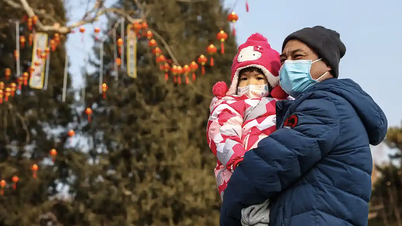



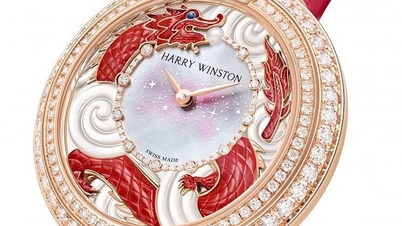


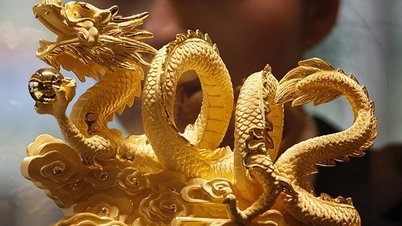



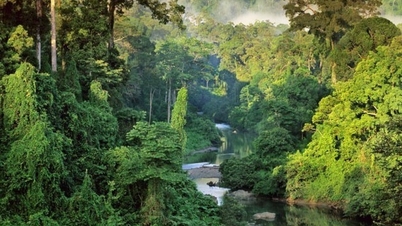












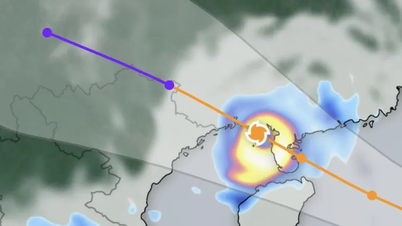




















































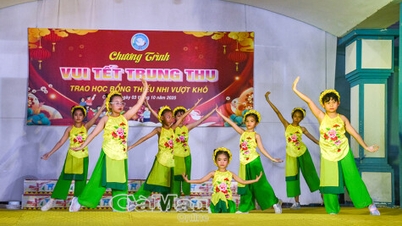


















Comment (0)